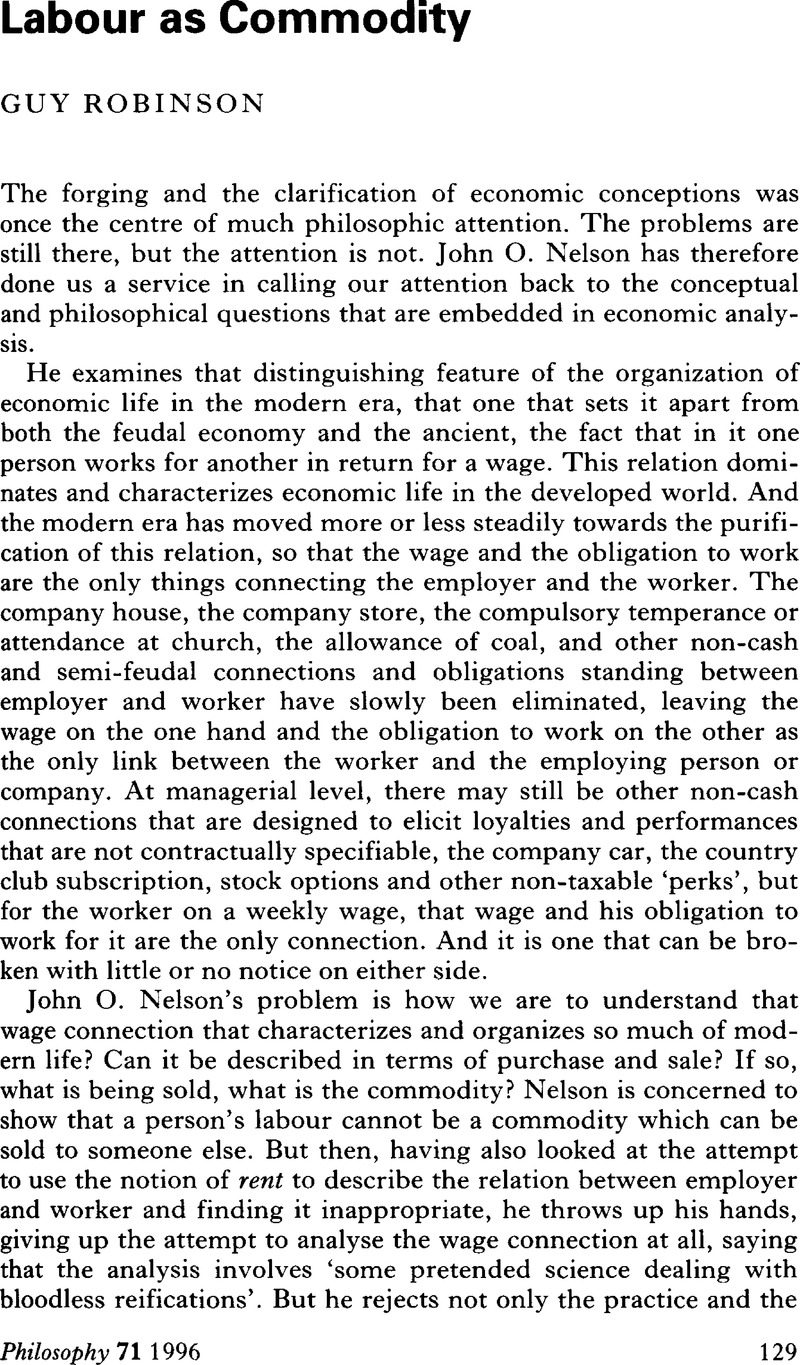No CrossRef data available.

1 Second Treatise of Civil Government, Ch. V.Google Scholar
2 Those who, like Ayn Rand and her followers who try torepresent the relations between labourer and the owner of the means of labour as a trade-off and a contract between equals need to come out of their intellectual isolation and look at the actual concrete history of the formation of a class of workers separated off from a class of owners and employers, and the laws that were used to create those separate classes and regulate their relations. Any touch of that real history would make it clear that that capitalism she depicts in such rosy colours is not only an ‘unknown ideal’ as Rand calls it, but is destined to remain so. History iscertainly not going that way, and painting that rosy picture is not going to turn it onto such a path.